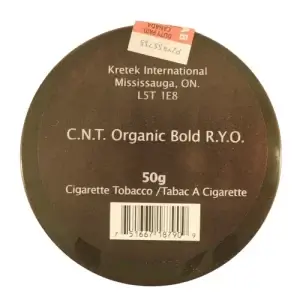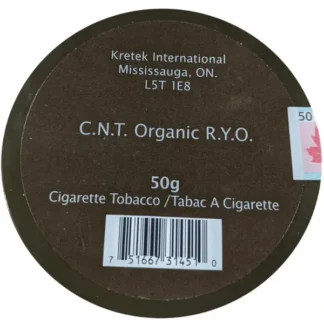Category: TOBACCO
TOBACCO
Showing 1–12 of 27 results
-

BACKWOODS & BLUNTS (7)
-

Backwoods Cigars
$16.95 Select options This product has multiple variants. The options may be chosen on the product page -

Borkum Riff Pipe Tobacco (50g)
$59.99 Select options This product has multiple variants. The options may be chosen on the product page -

Century Sam
$11.00 Add to cart -

CNT Organic Bold Rolling Tobacco | 50 grams
$50.90 Add to cart -

CNT Organic Full King Size Cigarettes
$15.00 Select options This product has multiple variants. The options may be chosen on the product page -

CNT Organic Mellow | K20
$14.99 Select options This product has multiple variants. The options may be chosen on the product page -

CNT Organic Rolling Tobacco | 50 grams
$50.90 Add to cart -

Colt Deluxe | Pipe Tobacco
$44.97 Add to cart -

Colt’s Special Original
$18.25 Add to cart -

Colt’s Special Ultra Edition
$18.25 Add to cart -

Colts American Mixture | Pipe Tobacco
$44.97 Add to cart -

Colts Rum Wine Tipped Cigars
$17.99 Add to cart
Showing 1–12 of 27 results
Discover our full range of natural tobacco leaf cigars, perfect for those who enjoy bold flavour, smooth draws, and hand-selected quality. Whether you’re new to cigars or a seasoned smoker, this collection offers something unique for every preference.
Our natural tobacco leaf cigars include fronto-style wrappers, rolled-layer blends, and classic hand-rolled options. Each cigar is crafted to deliver rich aroma and consistent burn. Because quality matters, we source from trusted producers who focus on smooth texture and taste.
You can shop singles for quick sessions or bundles for better value. In addition, we offer fast shipping across Canada, so your favourites arrive quickly. Even better, our tobaccos pair beautifully with rum, coffee, or cream soda.
Explore more from our Affordable Picks Cigars or try customer favourites like the Colts Rum & Wine Tipped Cigar.
To understand how tobacco leaf cigars are grown and produced, check out our article on Tobacco Cultivation and Sustainability. Or, visit The History of Tobacco to explore its cultural journey.
Want to explore more? Read our feature:
👉 Tobacco Cultivation and Sustainability
👉 External resource: The History of Tobacco
